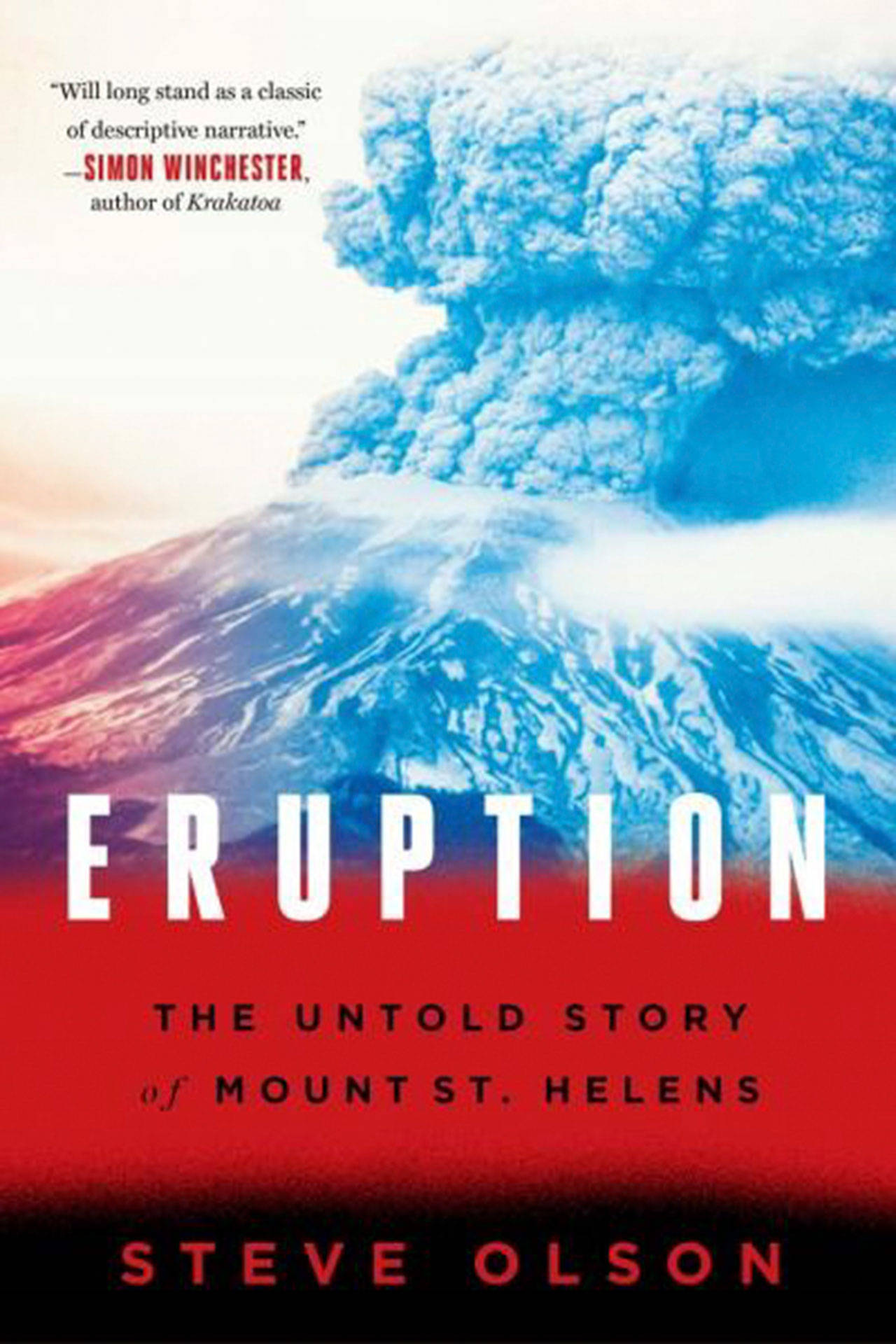From volcanic ash to healthy soil, things will get dirty this week at Eagle Harbor Book Company.
First, at 3 p.m. Sunday, May 21, MacArthur Fellow David R. Montgomery will come to discuss his new title “Growing a Revolution: Bringing Our Soil Back to Life.”
The problem of agriculture is as old as civilization. Throughout history, great societies that abused their land withered into poverty or disappeared entirely. Now, according to Montgomery, we risk repeating this ancient story on a global scale due to ongoing soil degradation, a changing climate and a rising population.
But there is reason for hope.
Montgomery introduces readers to farmers around the world at the heart of a brewing soil health revolution that could bring humanity’s ailing soil back to life remarkably fast. “Growing a Revolution” draws on visits to farms in the industrialized world and developing world to show that a new combination of farming practices can deliver innovative, cost-effective solutions to problems farmers face today.
Montgomery is a 2008 MacArthur Fellow and professor of geomorphology at the University of Washington. He is an internationally recognized geologist and the author of three award-winning popular-science books, including “Dirt: The Erosion of Civilizations.” When not writing or doing geology, he plays guitar in the band Big Dirt.
He will be joined by Anne Biklé, a biologist whose wide ranging interests have led her into watershed restoration, environmental planning and public health.
Then, at 6:30 p.m. Thursday, May 25, Steve Olson will visit the shop to talk about his new book, “ Eruption: The Untold Story of Mount St. Helens.”
It was 37 years ago that Mount Saint Helens erupted with a blast that still reverberates for many Northwesterners.
For months in early 1980, scientists, journalists, sightseers and nearby residents listened anxiously to rumblings in Mount St. Helens, part of the chain of western volcanoes fueled by the 700-mile-long Cascadia fault.
Still, no one was prepared when an immense eruption took the top off of the mountain and laid waste to hundreds of square miles of verdant forests in southwestern Washington state. The eruption was one of the largest in human history, deposited ash in 11 U.S. states and five Canadian provinces, and caused more than one billion dollars in damage. It killed 57 people, some as far as 13 miles away from the volcano’s summit.
Shedding new light on the cataclysm, Olson interweaves the history and science behind this event with accounts of what happened to those who lived and those who died.
Olson is the author of “Eruptions, Mapping Human History” (a finalist for the National Book Award), “Count Down,” and other books. He lives in Seattle.



